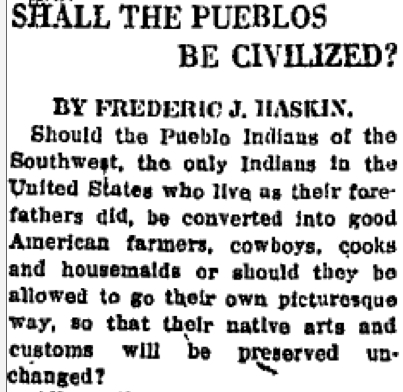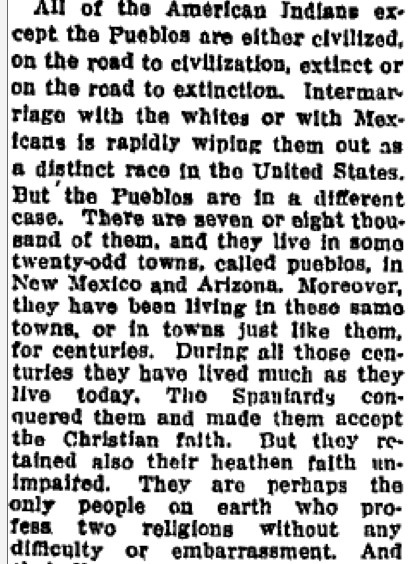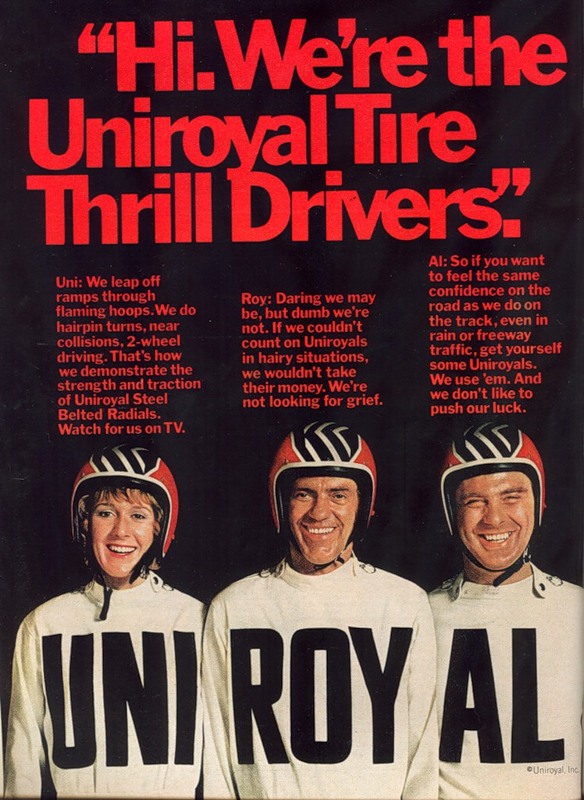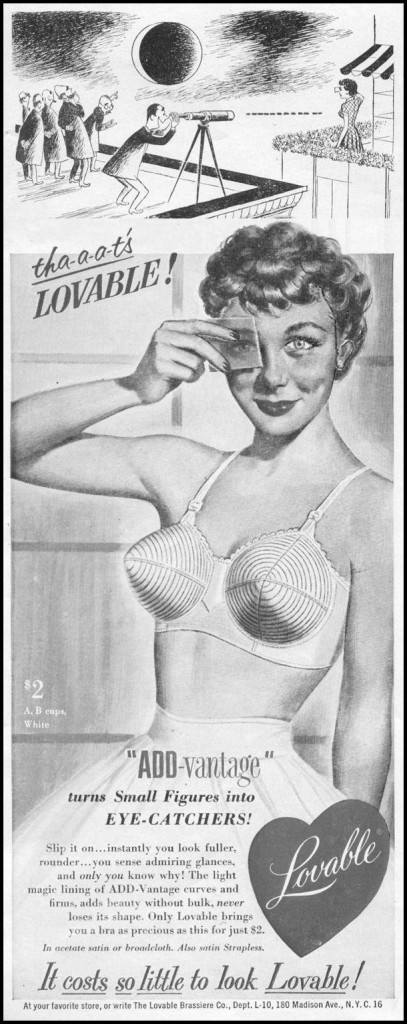Larry of The Daily Mirror sent in an article that ran in the Los Angeles Times on January 26, 1920. Here are some screencaps of the most interesting sections:
Not surprisingly, civilization means only one thing: assimilation into Anglo culture. The other option? Extinction. How do we know a tribe isn’t civilized? They still live like their “forefathers” did. It’s a theme we see a lot in terms of Native Americans: in order to be authentic (which in this case means “uncivilized”), they must not change any cultural practices. There is an expectation that “real” Indians are culturally frozen in time, as though their cultural practices and lifestyles had not changed throughout history just like every other group’s has.
And also, I’m pretty sure lots of groups have combined elements of two or more religions “without any difficulty or embarrassment,” but whatever. I’m sure they were, indeed, of immense interest to artists, scientists, and writers (also, physiognomists). And since they are of interest to them, that should definitely be taken into account when we decide what to do with them. Taos still loves Indian art.
Still, Native American cultural customs are acceptable only to the degree they are compatible with assimilation. And learning to read and write, use a stove or a sewing machine, mean giving up “the Indian life.” Again, modernity cannot be combined with existing cultural practices.
It’s a great example of how Whites felt entirely comfortable discussing what the future of American Indians should be, either romanticizing them as noble savages or insisting on their cultural backwardness, without any sense that Indians themselves might have any ideas on the issue worth paying attention to.
Gwen Sharp is an associate professor of sociology at Nevada State College. You can follow her on Twitter at @gwensharpnv.













